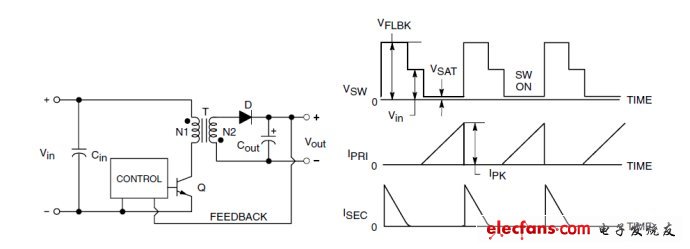For every circuit designer, power is basically a 100% problem, especially in embedded design-based designs. For many weak current designers, the knowledge of power electronics is lacking. Of course, when designing hardware, you will encounter such problems. The problem of power supply is also profound and profound. This article makes a simple summary of the basic knowledge of power supply. There are some incorrect places. Please also enlighten readers to learn and communicate together.
In the power supply design, the commonly used conversion forms are DC-DC, AC-DC, linear power supply, and switching power supply. Switching power supplies are increasingly used in designs with high power (generally greater than 10W) ​​and multiple voltage output requirements due to their high efficiency and low cost. In general, the efficiency of linear power supplies is about 30%-50%, while the switching power supply is as high as 70%-90%. Therefore, in the design of handheld devices and low power consumption, almost all of them are switching power supplies.
Commonly used switching power supplies have the following topologies:
1) Buck

2) boost

3) buck/boost

4) flyback

5) full-bridge

6) half-bridge

7) half-forward

8) push-pull

The following aspects should be considered in the design of the power supply:
1) Is the input and output isolated? There is no isolated power supply. When there is a problem with the switch (short circuit or open circuit), the input voltage will be directly connected to the input, causing damage to the subsequent circuit. Such as buck, boost, buck/boost, etc.
2) Inductance or voltage on the transformer
3) The peak current flowing through the inductor, diode and switch
4) Is it required to output multiple voltage values?
5) What is the peak voltage on the capacitor?
In the commonly used power supply design, the control parts such as switch and feedback are integrated into one IC, and the designer only needs to select a suitable capacitor, diode, and inductor according to the actual situation. These three are also the basic components that make up the switching power supply. Let's take LM2596 as an example to discuss the selection requirements of these three power supply peripherals.

The figure above is a typical application circuit in the datasheet of the LM2596. The LM2596 is a typical buck circuit. Let's take the LM2596 as an example to discuss the choice of Cin, D1, L1 and Cout.
1, Cin
Cin capacitors play the role of bypass in the circuit. Generally choose low-ESR aluminum electrolytic capacitors or tantalum capacitors. If aluminum electrolytic capacitors are selected, the withstand voltage is at least 1.5 times the input maximum voltage. Its withstand voltage must be twice the input maximum voltage. At the same time, the RMS current of the capacitor should be at least 1/2 of the load current.
2, D1
The diode should have a fast recovery diode and the reverse breakdown voltage should be at least 1.25 times the maximum input voltage. The rated current is at least 2.3 times the load current. Schottky diodes are best choices, mainly because of their fast switch speed and low forward voltage drop. The rectifier diodes 1N4000 series and 1N5400 series are too slow to be used here. It is recommended to use the 1N58xx series.
3, L1
The inductor is generally selected as a wound inductor, and the current resistance should generally be greater than 1.5 times the maximum load current. The size of the inductor is the input voltage and the maximum load current is determined. Can be viewed with a chart of the datasheet.
4, Cout
In most applications, low ESR electrolytic capacitors (such as aluminum electrolytic capacitors) or tantalum capacitors are recommended. The size range of the capacitor is generally limited. For example, the LM2596 electrolytic capacitor needs to be between 82uF and 820uF, and the tantalum capacitor is generally between 10uF and 470uF. The withstand voltage of the capacitor should be 1.5 times larger than the output voltage.
Power X (Qingdao) Energy Technology Co., Ltd. , https://www.solarpowerxx.com